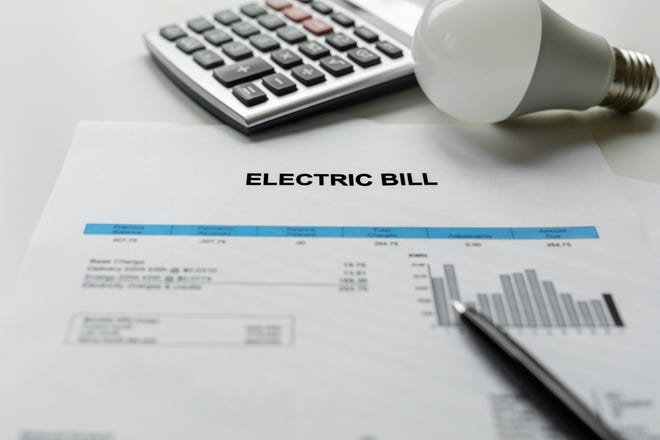

The Enquirer's Just Askin' series aims to answer the questions that no one seems to have an answer for, not even Google. Here's an easy one: Question: Wondering where to send your questions about Greater Cincinnati and Northern Kentucky? Answer: Send them to [email protected].
Penny pinchers, rejoice! A program aimed at getting Cincinnati residents the lowest energy rates is restarting soon.
In 2011, Cincinnati voters approved the aggregation plan to pool all eligible accounts in the city into one supplier, so the city can negotiate a lower, flat rate. Residents can opt out if they don't want to participate.

Question: When is Cincinnati's gas aggregation program returning and why did it pause?
The gas aggregation plan paused in March 2021 when a contract with Constellation Energy expired. The city diverted accounts back to Duke Energy as the default gas supplier.
Get ready for the program to return soon, though. Rob McCracken, energy manager in the city's Office of Environment and Sustainability, said the process is underway to hire a new gas supplier.
Answer: When Constellation's contract expired in 2021, the energy market was in flux, McCracken said. Rates were unstable and higher than normal, so instead of moving forward with a new supplier, the program was put on pause.
McCracken said the city waited a few years for gas markets to even out.
The program is expect to return by this fall. In the coming months, residents should be getting their opt-out letters in the mail. That's when they can decide whether they want to use the program or not.
The city's electric aggregation is still in place. Dynegy is the designated supplier.
More:Duke Energy electric bills expected to hit 8-year high this summer in Ohio
Question: What is energy aggregation and how does it save money?
Answer: When a city, township or village pools accounts together, officials can then use the pool size as bargaining power to negotiate flat rates with energy companies.
Companies like Duke Energy offer rates that fluctuate throughout the year. Because the rate offered in the city's aggregation stays the same, it may mean residents are paying more in a given month. The idea, however, is the price will even out to be cheaper by the end of the year.
Municipalities can offer an opt-out or opt-in. Cincinnati's is opt-out. McCracken said that's more desirable for energy companies because the pool should be much larger.
Question: What if I don't live in Cincinnati?
Answer: Voters in other townships, cities and villages have also approved aggregation programs. You can check with your local officials and see what's in place.
For more information about local energy aggregations and how they work, visit Ohio Energy Choice's website.
Source link






